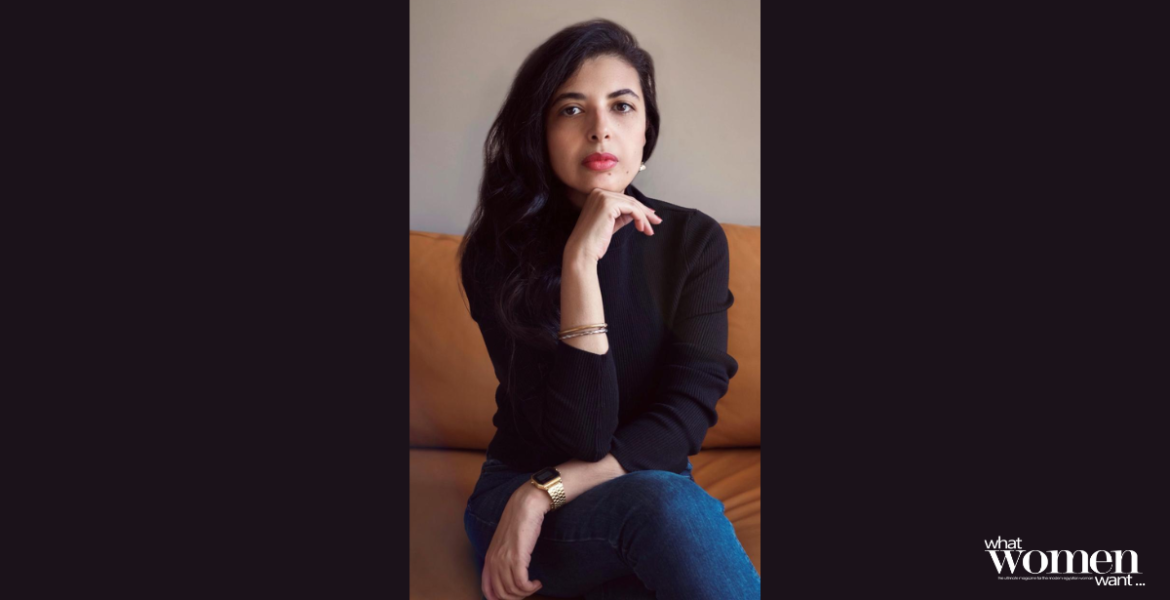Samar Taher is the creative force behind the captivating narrative of the mega hit TV series Alaa Nesbet Moshahda. The series captured the hearts and minds of the Egyptian Audience. Directed by the talented Yasmine Ahmed Kamel, the series stars Salma Abu Deif, Laila Zaher, Entesar, Mohamed Mahmoud, and Farah Youssef. We sat down with Samar Taher to delve into the nuances of story and character development, and the societal reflections embedded within her work.
The journey of bringing Alaa Nesbet Moshahda to life was both fun and challenging for Taher. She shares the underlying difficulty she faced: steering clear of stereotypes. “The biggest challenge for me while writing this story was my insistence on staying away from stereotypes,” she emphasizes. Many stories around social media and influencers are filled with oversimplification. She did not go into writing this series with prior judgment.
“My story was originally about love, friendship, family, and the generation gap in the first place, in an era where social media challenges every aspect of our lives, and the lives of new generations specifically”
The Complex Characters:
Taher lays down the complex dynamics of an average Egyptian family: the Egyptian mother willing to sacrifice everything for her family, the father who acts out of fear, the eldest daughter who is an extension of her mother, the middle child who is dismissed, and the youngest daughter who is spoiled. In fact, she reflected on the consequences of this family dynamic. Shaimaa had a desperate need to be loved, seen, and heard.
“She follows the boy of her dreams through the window and dreams that he will love her, dreams that he will see her and answer her messages, but in reality, she does not feel worthy because she was subjected to constant criticism and belittling, she could not find a way to express herself except by talking to her uncle, who loves her unconditionally, and also her loyal friend Sahar.”
The writer was able to draw her inspiration from her everyday life. Due to her observant nature, she can pick up on people’s actions, motives, and fears. Every interaction is a door to a new idea for her.
“Driving a car, walking down the street, doing simple household chores, meeting a friend, attending a social event, or having a casual conversation with a taxi driver or a vendor—all are inspiring moments for writers.”
Reflection of Egyptian Society:
Also, Taher cleverly drew parallels between the generations in “Alaa Nesbet Moshahda”. Taher said, “The mother is a mirror for her daughter who also sacrifices everything for others. She is a mother who expresses her love in a way of fear, threats, and sometimes even bullying, instead of love and understanding. She sees marriage as an ultimate solution for all problems.” Yet, Taher deliberately humanizes the characters, portraying their flaws and contradictions, mirroring real-life complexities. The portrayal of the father, too, unveils layers of contradiction and aspiration. Taher explains, “Despite his love for art, as he revealed his old dream to be a singer, he was greatly agitated when he found his daughter Shaimaa singing on television.” This duality underscores the societal pressures and double standards prevalent within familial dynamics.
The characters themselves were a commentary on society as a whole. Taher personified the contradictions of society when it comes to gender in Shaimaa and her father. These contradictions are important in creating complex dimensions. In doing so, she brings the characters closer to real personalities that we see in society.
“The father was shocked when he saw his daughter’s song on Tv, despite his love for singing, perhaps because he knows his circle will condemn this, and he normally obeys those rules, refusing to see her in this role.”
When a leaked video of Shaimaa, where she dances among a group of women, went viral, she was terrified to confront her family’s anger again. After the media ruined her reputation, she decided to run away from home because of her severe fear of being punished . This series of events led to the ending that took place afterwards, where she married a man who used her to act against the law. Taher explained, “The tragic ending could have been avoided, if there was more conversation and understanding among the family at this moment”.
The End Scene:
One of the most talked-about scenes in Ramadan was the end scene of “Alaa Nesbet Moshahda”. It captivated the audience, making them theorize and question.
“The story is the property of the audience, and I chose for the ending to be more like a question. If there is a condemnation or trial, it is a trial for the family, society, media and everyone, and not for the heroine alone.”
In the ever-evolving landscape of media and literature, Samar Taher stands as a beacon of storytelling prowess. She navigates the complexities of human experience with depth, empathy, and unwavering dedication.

